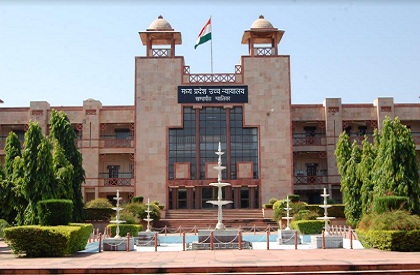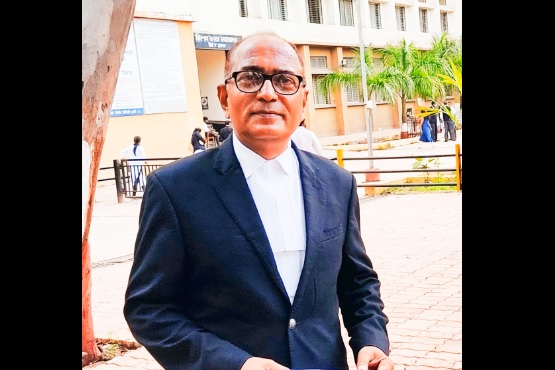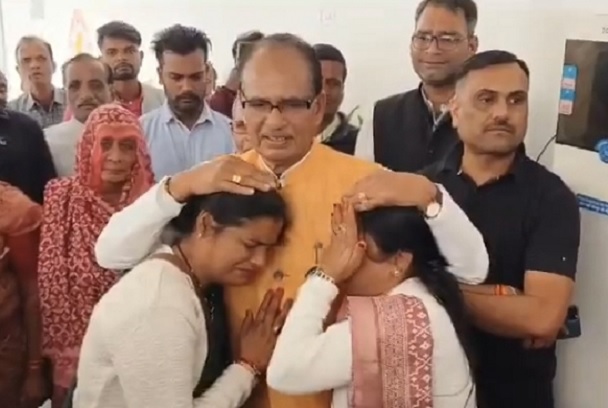Role of lawyers as narrators and the power of storytelling for success in the legal profession

Shahid P Sayed
NewsBits.in
People always like a story that catches attention and a storyteller's art is to make it so captivating that the listener gets hooked up and really interested in it.
It will not be an exaggeration to say that people are suckers of good stories. Citizens elect those politicians who come up with a good life story, they also fall in love with those films stars, entrepreneurs who have rags to riches story.
Barrack Obama, being a child of mixed heritage became a great story on campaign trail and helped him win the White House for 8 years. The current Prime Minister of India became a darling of Indians when his chai wala story came to light, and touched everyone's heart.
The holy books of all religions have used stories to tell the believers what to do and what to avoid quite successfully.We make sense of life through stories. In sort, we as a civilization are hard wired for stories and respond well to compelling stories. In fact we can be manipulated into doing anything simply by a great appealing background story. And lawyers, with their keen intellects, are acutely aware of this fundamental truth.
The Power of Storytelling in Law
Lawyers, often viewed as advocates of law and justice, play a multifaceted role in the courtroom. Beyond their mastery of legal principles, lawyers are also skilled storytellers. The ability to craft and present compelling narratives is a vital aspect of their profession. And every good story regardless of complexity of plot and characters always has three
components ie the beginning, the middle and an end!
1. The beginning - Setting the Stage
One of the first opportunities for lawyers to employ storytelling is during opening statements and or at the interlocutory application stage. Arguments on interim applications are like prologue of a legal case, where attorneys introduce the key characters and outline the plot.
Consider the example of a personal injury case. The plaintiff's lawyer might begin by describing the victim's life before the accident, portraying them as a hardworking individual with dreams and aspirations. By humanizing their client, the lawyer creates an emotional connection with the jury, setting the stage for a compelling narrative.
2. The middle - Building the Narrative
Witness testimonies are essential chapters in the legal narrative. Lawyers use their questioning skills to elicit stories from witnesses that support their client's case. For instance,
in a criminal trial, the defense attorney might have a witness recount an alibi, providing a clear timeline of events that contradicts the prosecution's version of the story. This narrative technique can cast doubt on the prosecution's case and sway the jury's opinion.
 3. Expert Witnesses: Adding Depth
3. Expert Witnesses: Adding Depth
In complex cases, lawyers often employ expert witnesses to explain intricate technical or scientific details.
These experts become characters who can enrich the narrative. Let's take a medical malpractice case as an example. The plaintiff's attorney might present a renowned surgeon as an expert witness.
Through the expert's storytelling, the lawyer can illustrate how the defendant's actions deviated from accepted medical standards, making the case more compelling and relatable to the jury.
4. The End: Crafting the Climax
Closing arguments are where lawyers weave together all the threads of their narrative into a compelling climax. They recap the key elements of the story, emphasizing how the evidence and testimonies support their client's position. A skilled attorney can leave a lasting impression by connecting the dots in a way that leaves no room for doubt. This narrative technique is exemplified when a prosecutor, in a criminal trial, persuasively summarizes the evidence to prove the defendant's guilt beyond a reasonable doubt.
In fact, 'Closing arguments' stage is where a lawyers gets his last shot at repairing any damage duringtestimonies or filling the gap in his narratives. Most great lawyers are known by their closing arguments. For example if you read the closing argument of Nani Palhivakla in Keshavnanda Bharti case (1973), famously known as the ‘Basic Structure doctrine case’, youwill see how Mr. Palkhivala went over and beyond the legal arguments much to the chagrin of H.M.Seervai, to get ‘a view by the majority’ verdict from the Supreme Court.
It was all about India’s story and the political and social ramifications if the Constitution was allowed to be amend at will of those in power. Several other landmark cases stand as testament to the effectiveness of compelling narratives in favor of lawyers.
The PG&E i.e. Hinkley case (1993)
In the real world, Erin Brockovich, a legal assistant, played a crucial role in building a persuasive narrative against Pacific Gas and Electric Company (PG&E) for groundwater contamination. Her tenacity and storytelling skills, as portrayed in the film bearing her name, contributed significantly to a $333 million settlement for the affected residents.
Triple Talaq and Shayara Bano (2017)
In the case of Shayara Bano, who challenged the practice of triple talaq (instant divorce) in the Supreme Court of India, her lawyer, Amith Singh Chadha, had the task of presenting her story effectively. Mr. Chadha skillfully wove Shayara's personal experiences into a broader narrative about gender discrimination and the need for gender-just reforms within Islamic divorce laws. This narrative approach played a pivotal role in the Supreme Court's historic judgment declaring instant triple talaq unconstitutional.
Conclusion
Lawyers are not just interpreters of the law; they are storytellers who use narrative techniques to persuade judges and juries. Whether through opening statements, witness testimonies, expert witnesses, or closing arguments, storytelling is an integral part of their toolkit. The examples of Erin Brockovich and Shayara Bano prove that the power of storytelling can be a force for justice and change in both fiction and reality. In the world of law, it's not just about presenting facts; it's about telling a compelling story that leaves a lasting impact and gets the job done.
Reference: The Keshavnanda Bharti case by TR Andhyarujina
[Shahid P Sayed is a senior High Court lawyer, the views are his personal]










